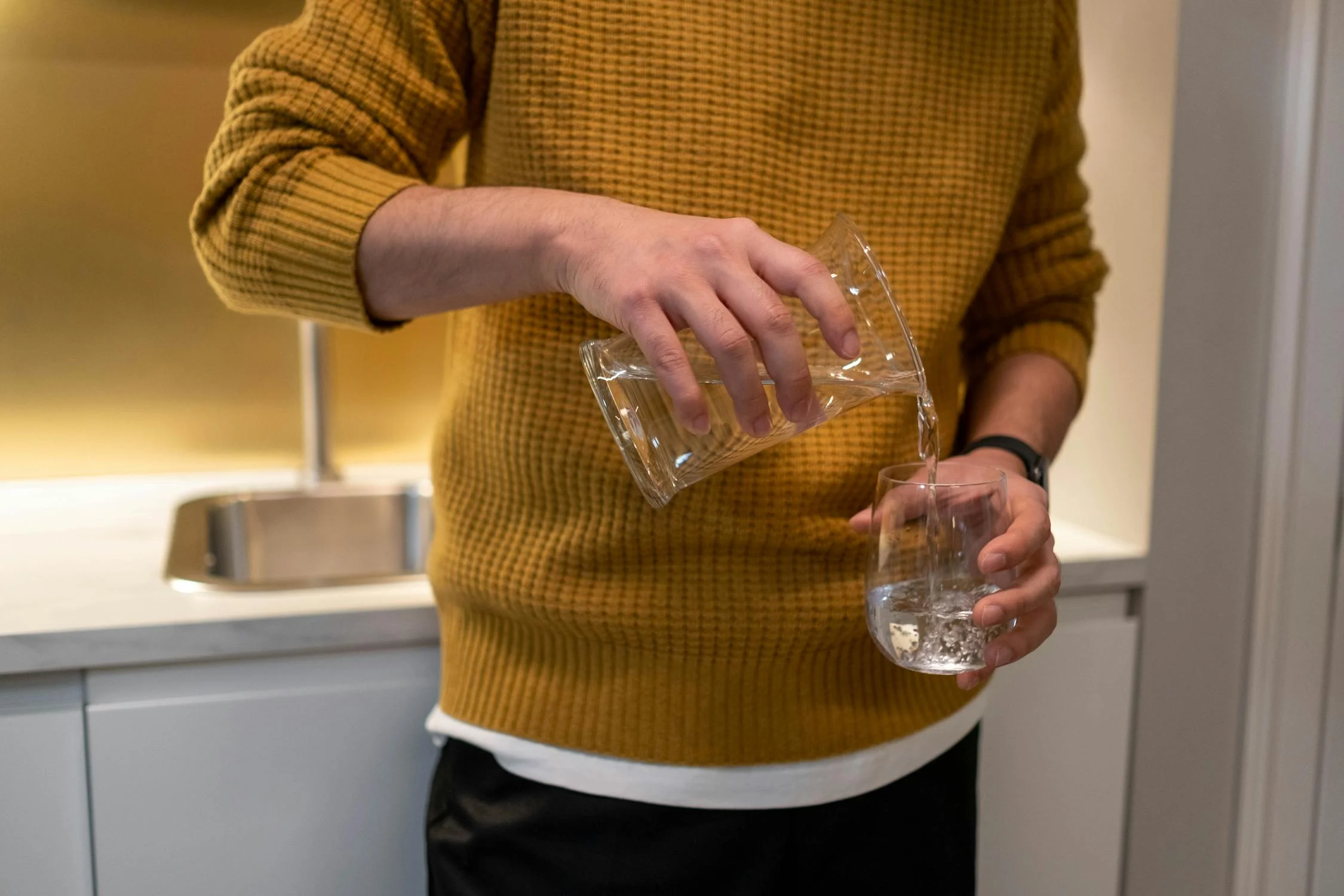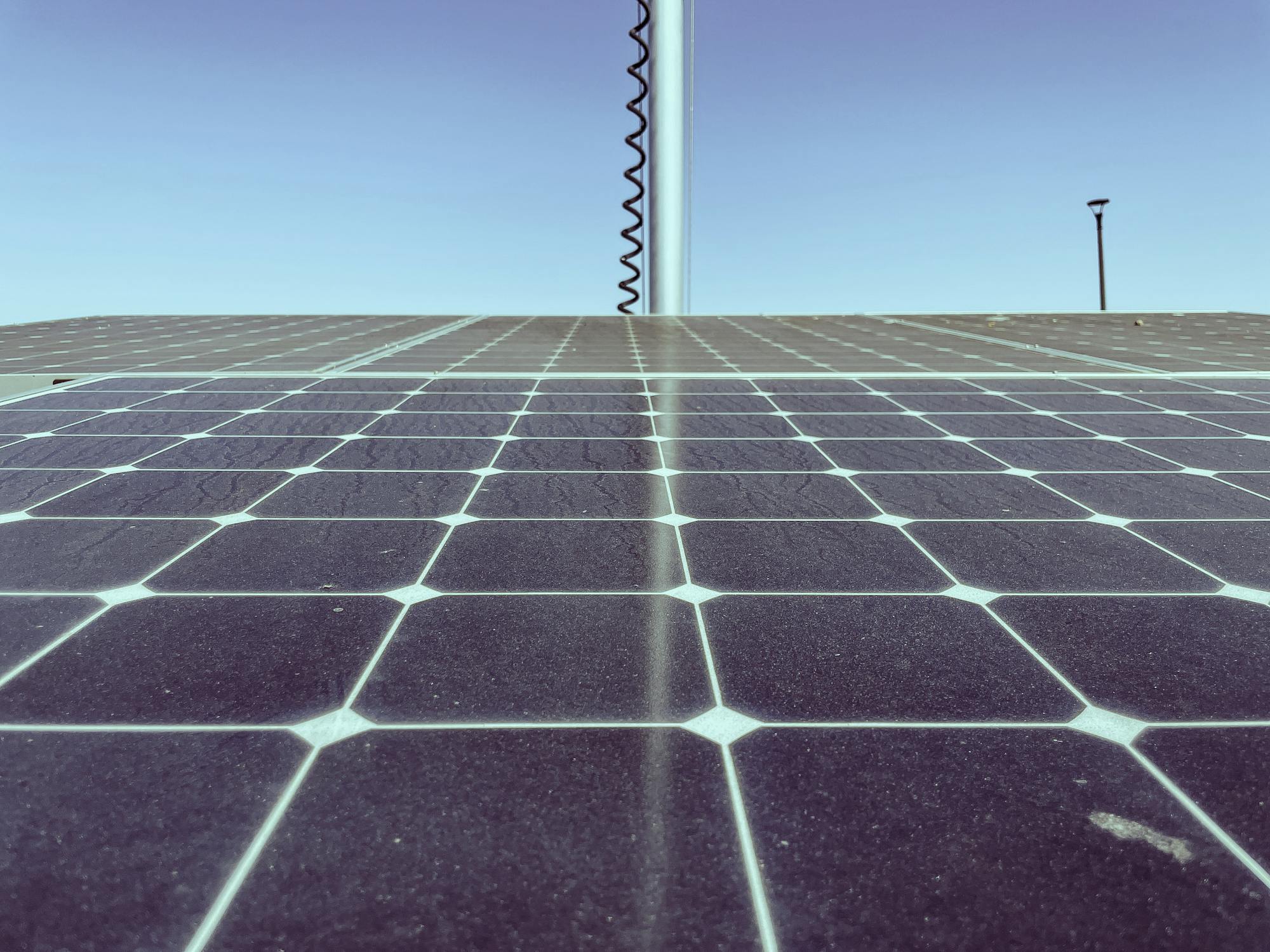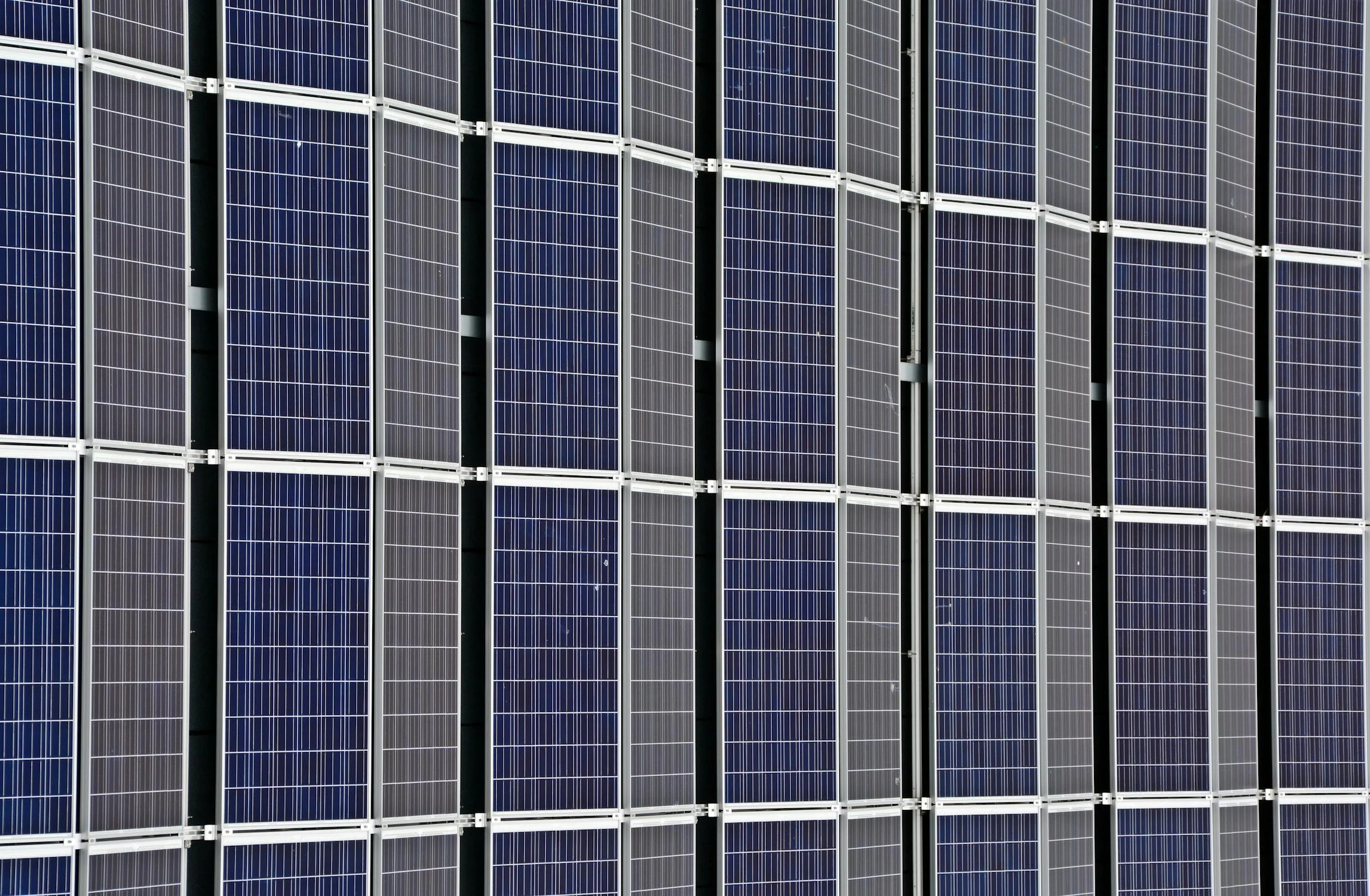
Healthy, filtered water : the best way to live your life
Water is critical for sustainable development, including environmental integrity and the alleviation of poverty and hunger, and is indispensable for human health and well-being– United Nations
We all need water, but not just any water. Instead, we need healthy, filtered, purified water that will delight our intestines and hydrate our bodies. The best alternative? Install a water filtration system: it’s more practical, efficient and, above all, economical. This way, you’re always refreshed and doing the environment a favor.
What impact do plastic bottles have on the environment ?
Plastic bottles are considered a real source of environmental pollution. It is always advisable to drink from a glass water bottle rather than a plastic one. In fact, plastic recycling rates are low worldwide, and some types of plastic are not recycled and end up in the environment.
What’s more, the production of disposable plastic bottles requires the use of fossil fuels, which contribute to global warming and cause pollution.
Is it safe to drink from a plastic bottle?
A plastic bottle is filled with microplastic and nanoplastic particles; drinking from one can expose you to intestinal problems due to the ingestion of these particles.
According to a recent American study, one liter of bottled water can contain up to 370,000 plastic particles.
What is water filtration?
Water filtration is a process that purifies tap water by extracting the particles and waste it contains. Installing a water filtration system in your home means you can enjoy healthy, pleasant-tasting water.
What’s the best water filtration system?
Reverse Osmosis is a highly effective water filtration system. The aim of this system is to eliminate all types of contaminants that prevent you from enjoying healthy, drinkable water in your home.
Contaminants in tap water
Tap water contains a wide range of contaminants :
- heavy metals
- nitrates
- chemical and natural pesticides
- bacteria
- chlorine
- limescale
- organic and volatile compounds
- drug residues
- microplastic residues
Water treatment stages for a reverse osmosis system
The steps involved in filtering and treating tap water vary from one system to another, but the most common for a reverse osmosis system are as follows:
Filtration
There are many different types of filtration, from microfiltration to nanofiltration and ultrafiltration. Reverse osmosis water treatment systems are equipped with membranes that retain solid particles and allow only fine molecules to pass through, so you benefit from high-quality water.
Carbon adsorption
Known for its ability to adsorb contaminants from water, activated carbon plays its role before the water passes through the reverse osmosis membrane. This step eliminates certain contaminants responsible for the unpleasant odor of tap water, and which can damage the pores of the RO membrane :
- phenols
- hydrogen sulfide
- chlorine and its derivatives (chloramine)
Ion exchangers
The aim of this stage is to adjust the ionic composition of the water. Ion exchange replaces undesirable contaminants (such as calcium or magnesium) with desirable ions (such as sodium or hydrogen), thereby improving water quality.
Important
Ions are found in the resin of water tanks. Resins can be either positively or negatively charged to attract the target contaminants and generate the necessary minerals.
Meeting the challenges of sustainable development
By now, we’re all aware of the impact of plastic on the environment, and the effects of climate change. But are we ready to stop using plastic in our daily lives? Are we ready to opt for eco-responsible, environmentally-friendly alternatives to meet the goals of sustainable development ?
Using a water filter in your home or workspace can minimize bottled water consumption and save your budget.
Say NO to plastic bottles ! And YES to filtered, purified water.


